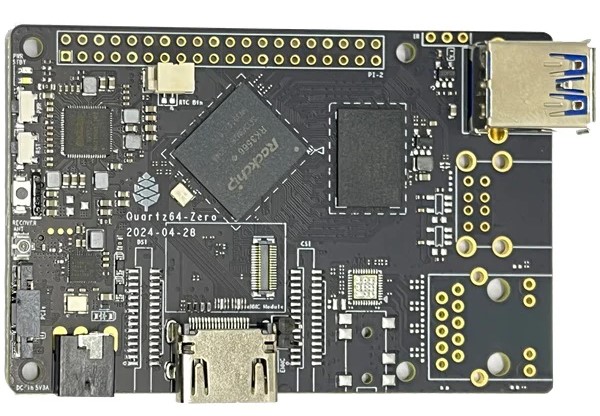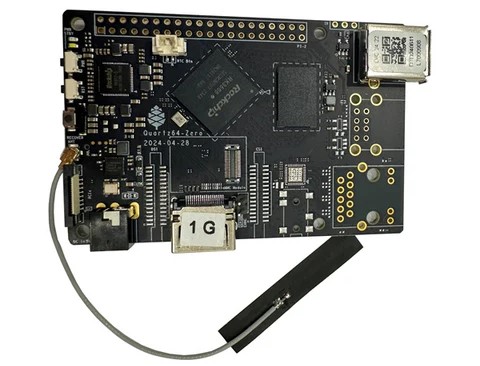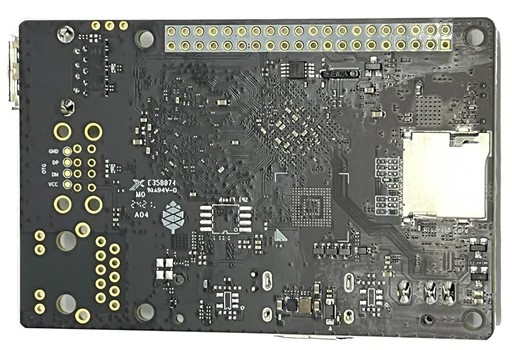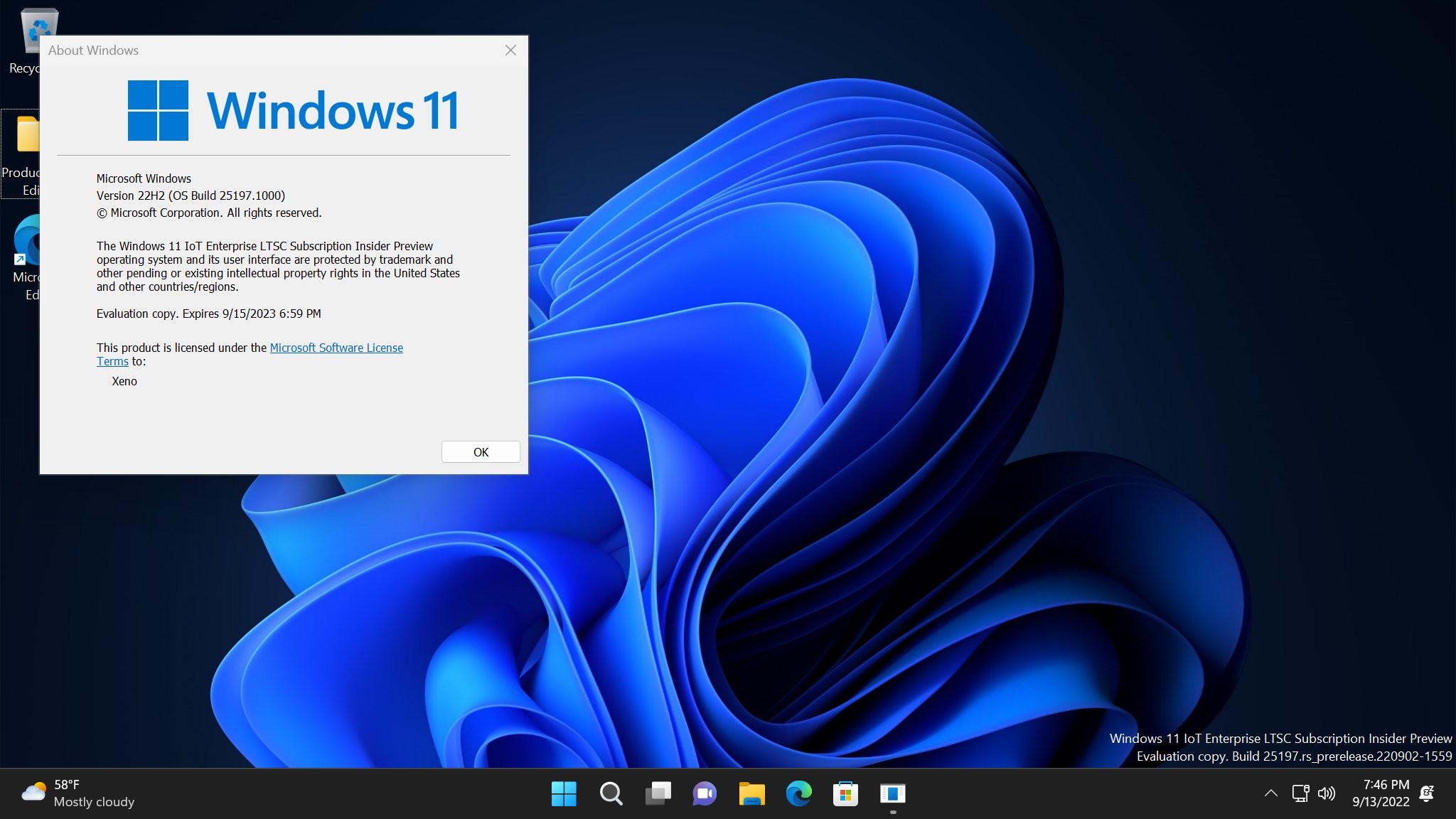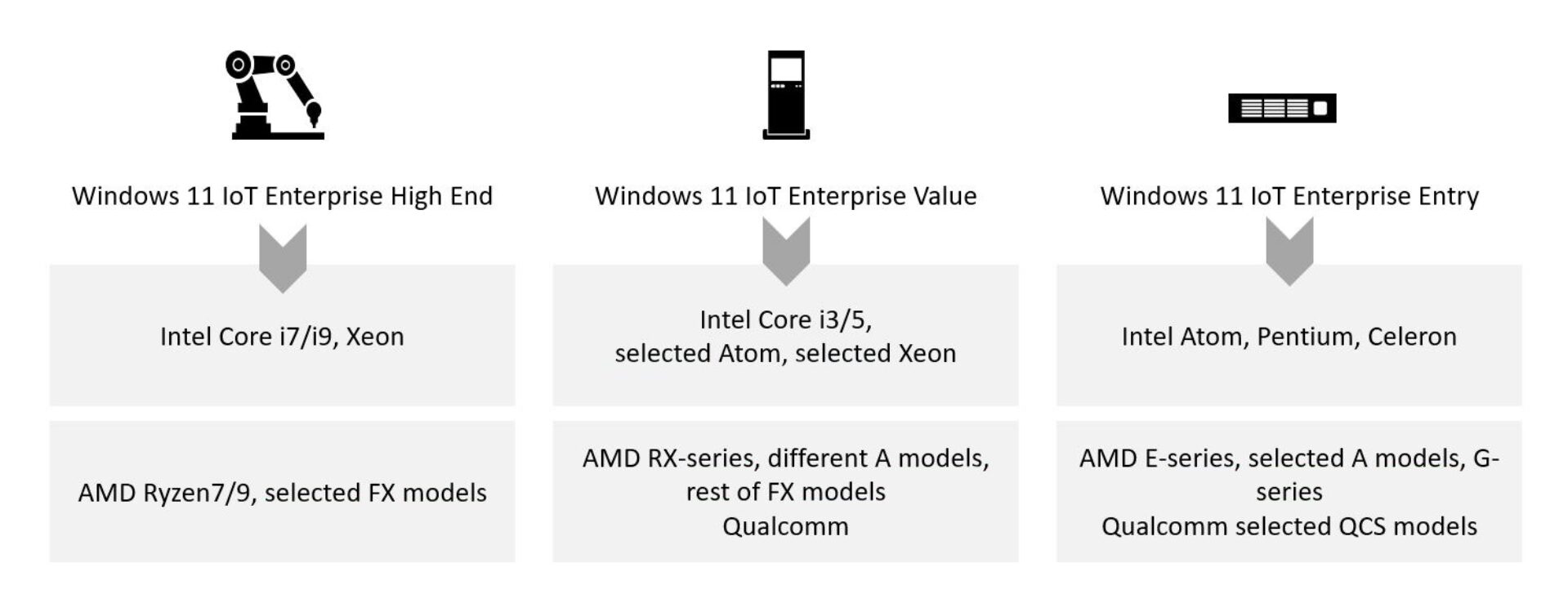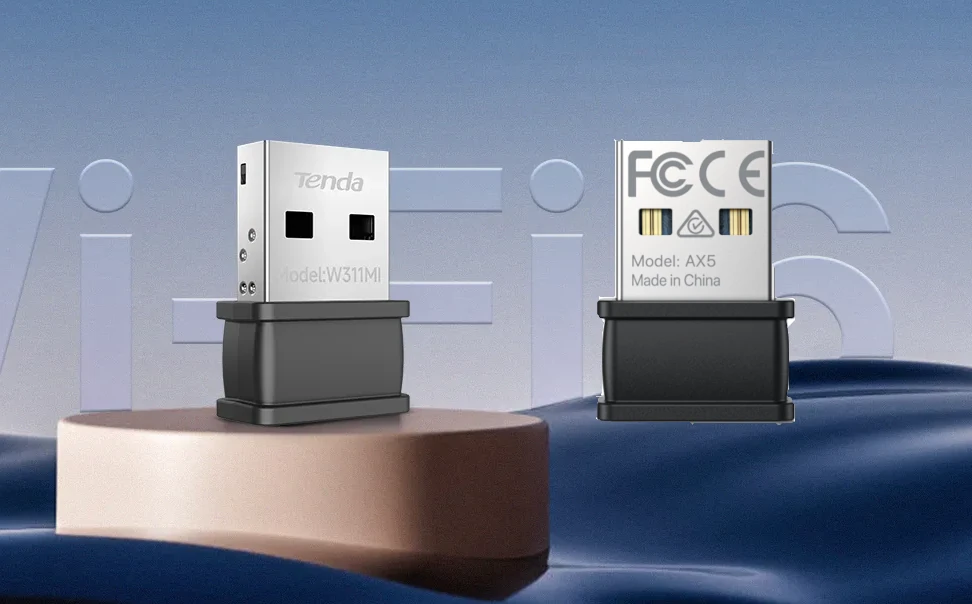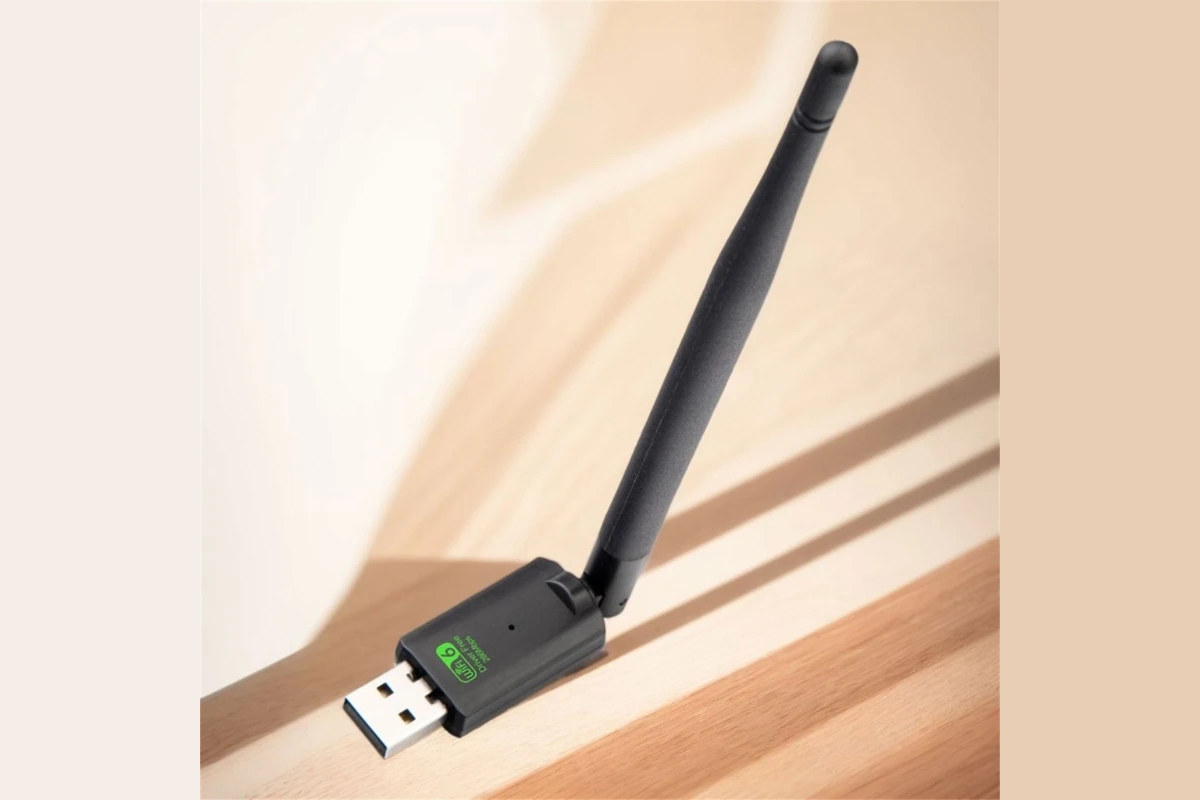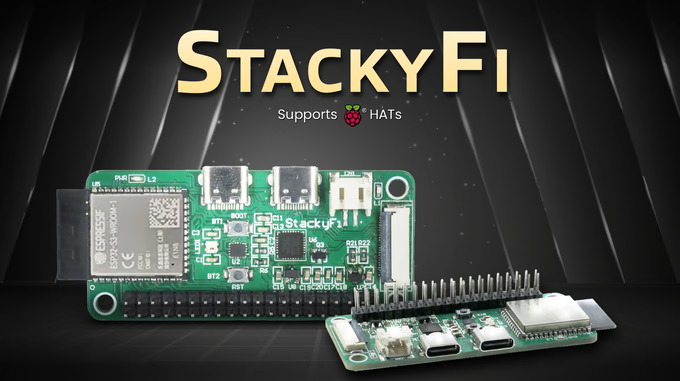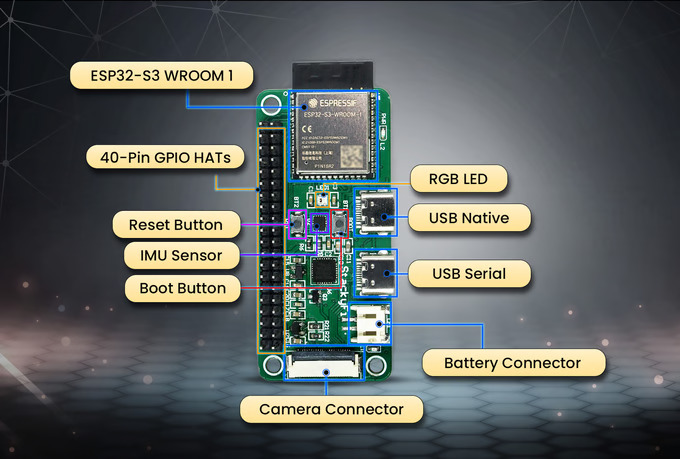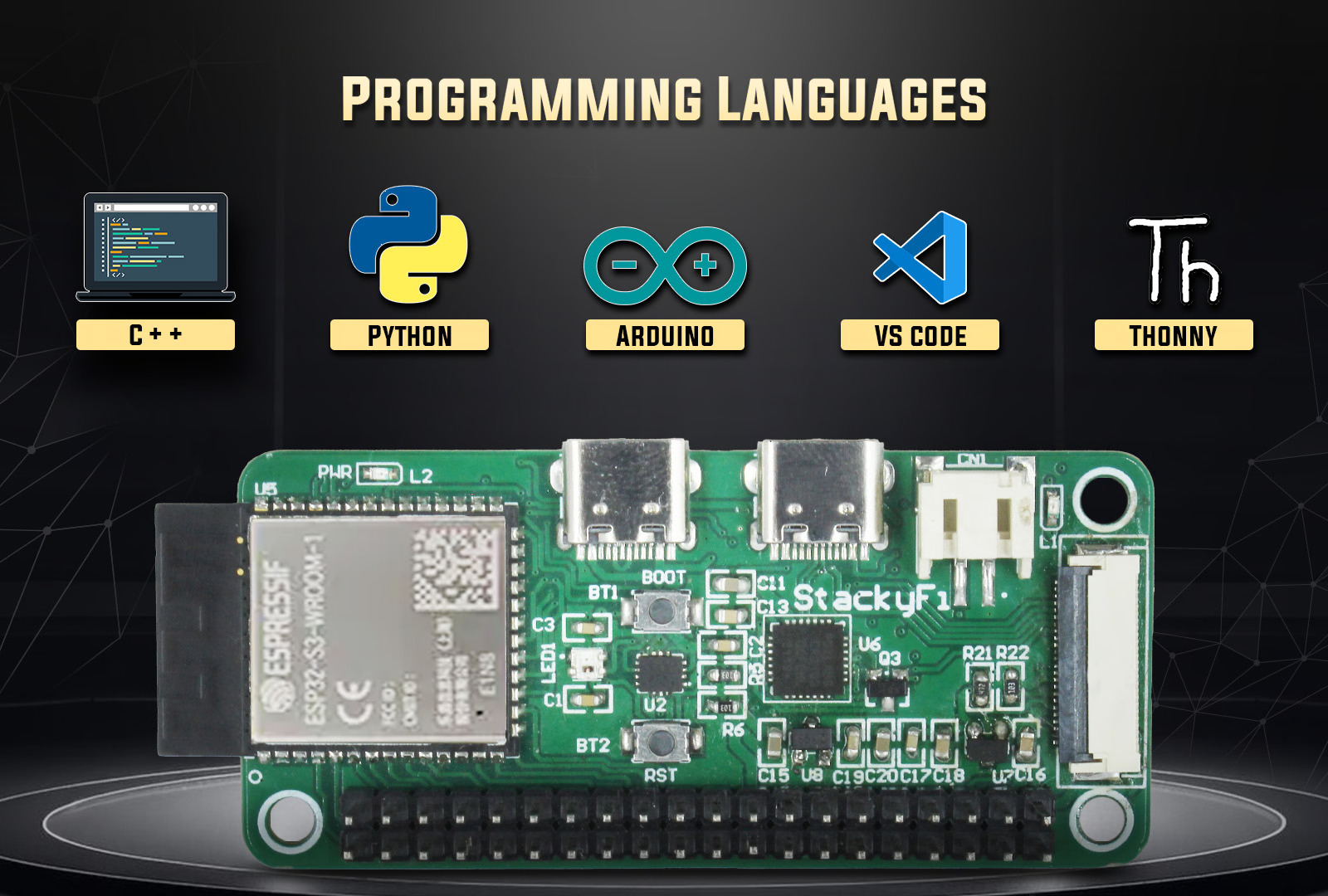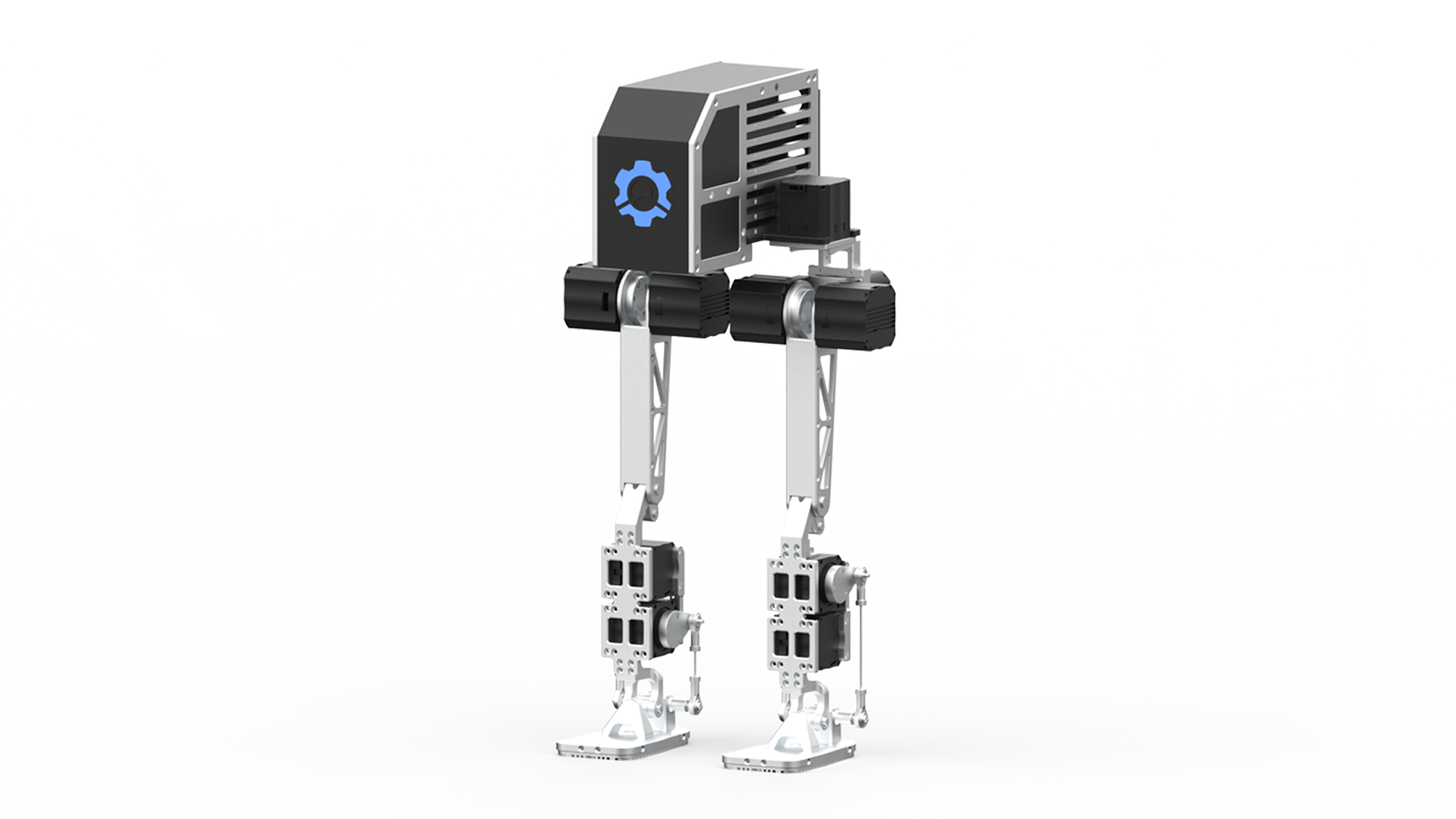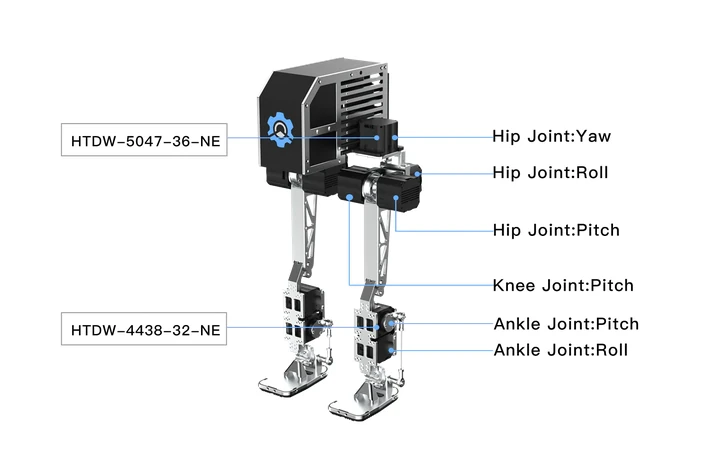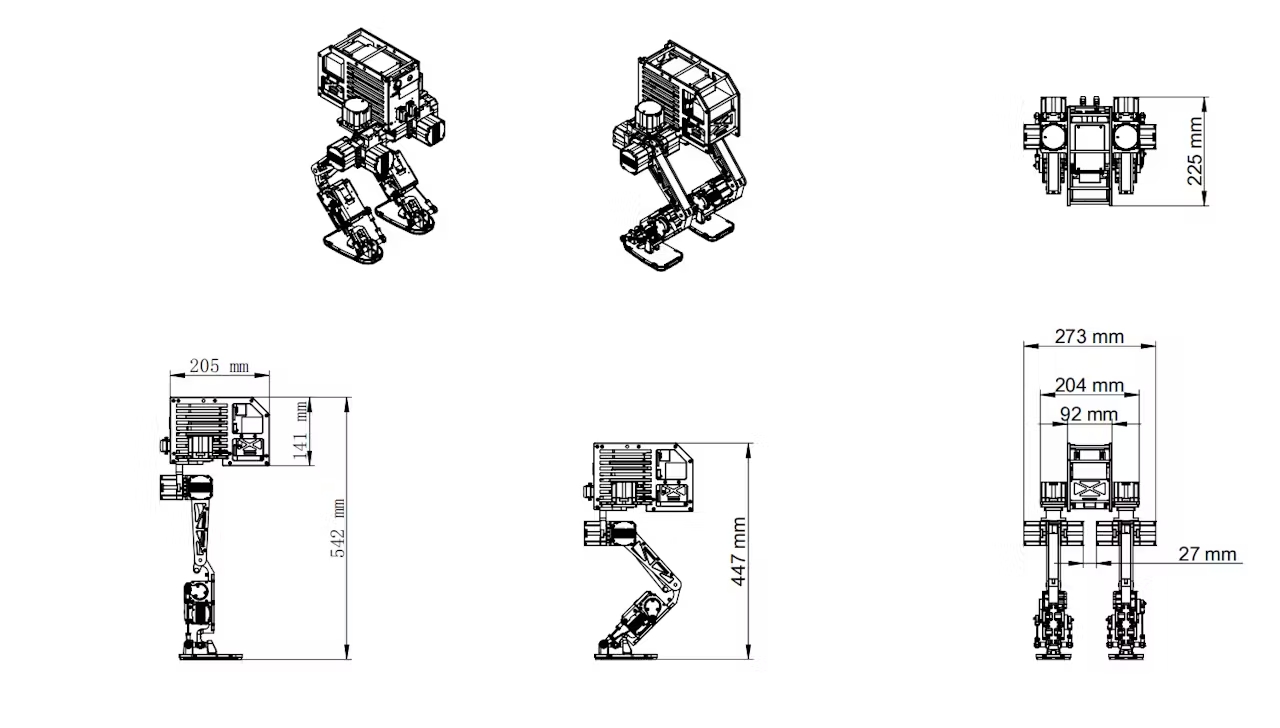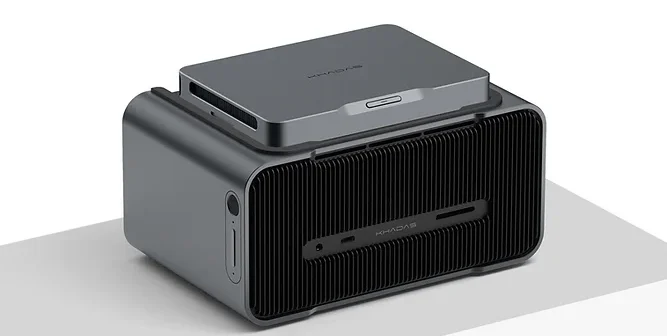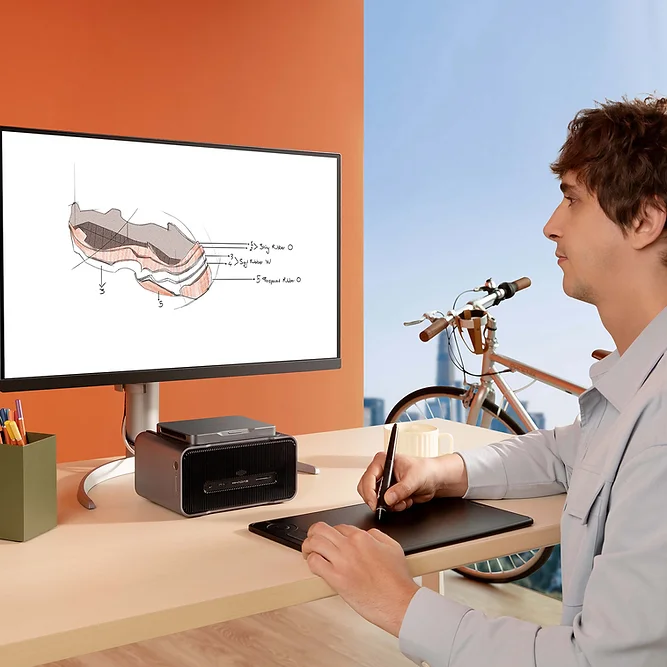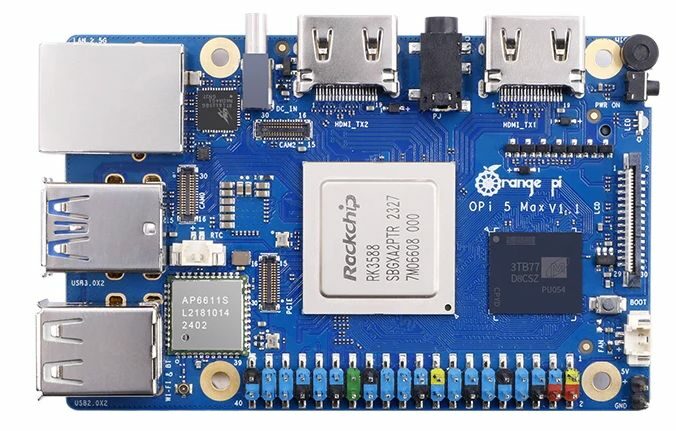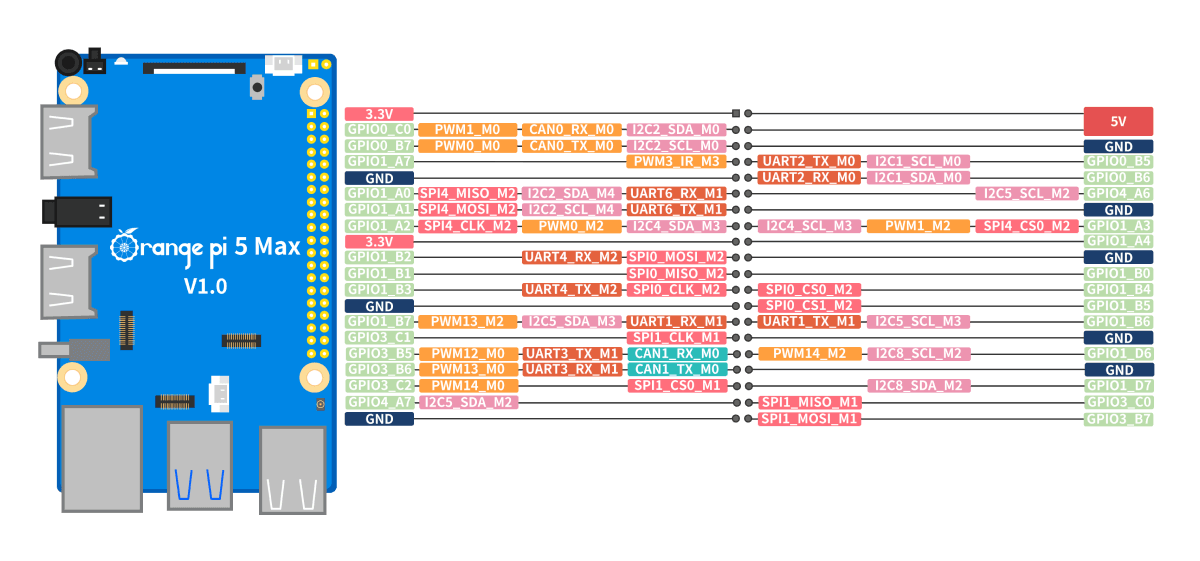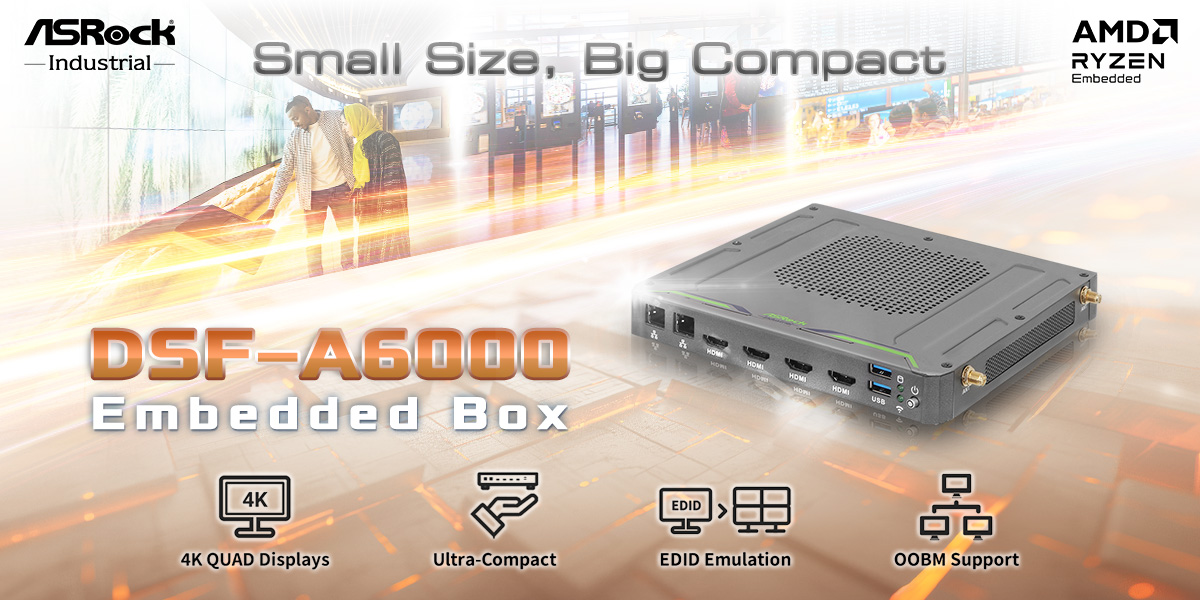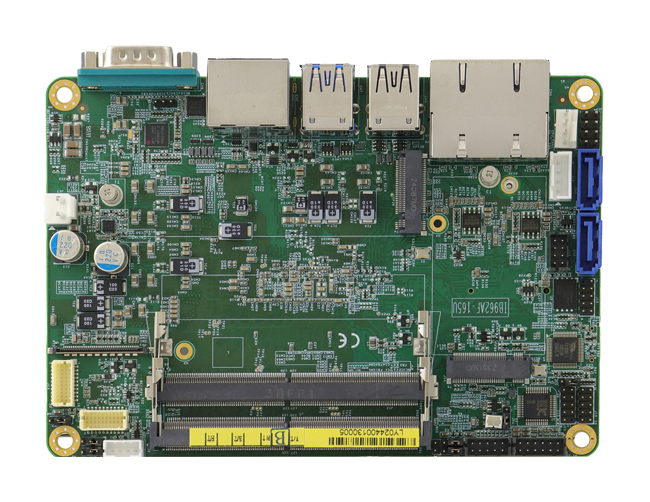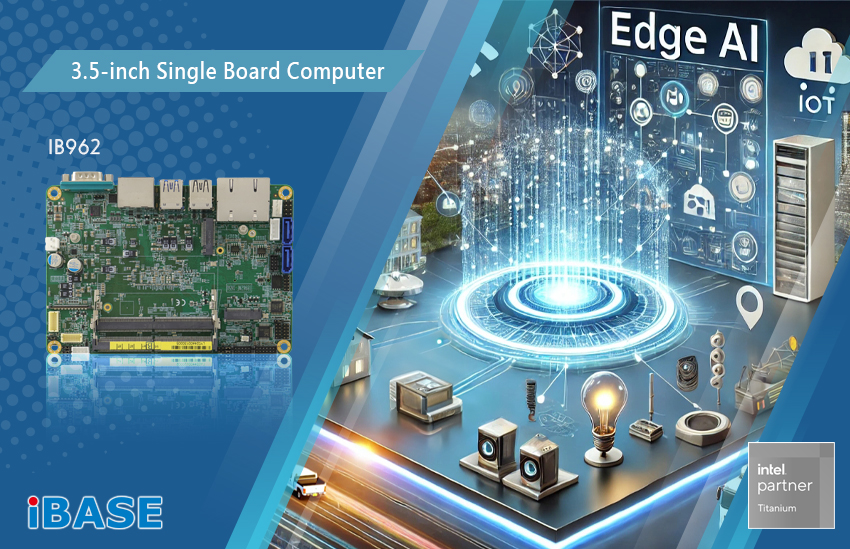Quartz64 Zero SBC from Pine64 is a small and inexpensive single-board computer. This board incorporates the Rockchip RK3566T SoC, which comprises a quad-core ARM Cortex-A55 1.6GHz CPU and a Mali-G52-2EE GPU. It can drive a single 4K display at 60fps and remains cool even when under severe load without a heatsink. The Quartz64 Zero is designed for hobbyists and commercial applications, with expandable capabilities and a long-term supply guarantee.
This SBC comes with 1GB of LPDDR4 memory, an optional eMMC module (up to 128GB), and a microSD slot for booting. It also has Wi-Fi/Bluetooth with a flexible antenna, a custom PCIe connector, a USB 3.0 Type-A host port, and interfaces like UART, SPI, and I2C, making it easy to integrate sensors and other peripherals.
In our previous post, we wrote about Orange Pi 3B V2.1 which is a Rockchip RK3566 SBC with WiFi 5 and Bluetooth 5, MicroSD, Gigabit Ethernet, USB, and more. Feel free to check this out if you are interested in this product.
The Quartz64 Zero specification:
- Processor: Rockchip RK3566T SoC
- CPU:
- Application: Quad-core Arm Cortex-A55 processor @ 1.6 GHz
- Real-time: Embedded 32-bit RISC-V MCU
- GPU: Arm Mali-G52 2EE Bifrost graphics processor running at up to 800MHz. Supports a single 4K display at 60fps with the open-source Panfrost driver
- NPU: 0.8 tera-operations per second (TOPS)
- CPU:
- Memory/Storage:
- 1GB LPDDR4 RAM
- Optional eMMC module (up to 128GB)
- MicroSD slot for booting
- Connectivity:
- 802.11 B/G/N/AX Wi-Fi
- Bluetooth 5.4 with a flexible antenna
- Ethernet port (optional)
- Interfaces:
- 1x USB 3.0 Type-A host port
- Custom PCIe connector
- 40-pin general-purpose input/output GPIO header with UART, SPI, I2C
- 4Kp60 10-bit Digital Video port
- USB Type-C for power input
- Expansion:
- Easily integrates sensors and other peripherals
- Custom PCIe Connector
- Power Supply: 5V/3A DC-in
- Dimension: 90mm x 60mm
- Weight: 0.022 kg
As usual for PINE64, the Quartz64 Zero is launched as a “community edition.” The hardware is finalized, but the software is still a work in progress. The board should be compatible with OS images for earlier Quartz64 parts, including Armbian, DietPie, Plebian, Manjaro Arm Linux, NetBSD, and Android 11. However, it is unclear if modifications are needed for a successful boot and stable operation.
Quartz64 Zero is now available on its official pine64 store at $14.99 and it is also available on Ameridroid at $24.95 without shipping charges.


